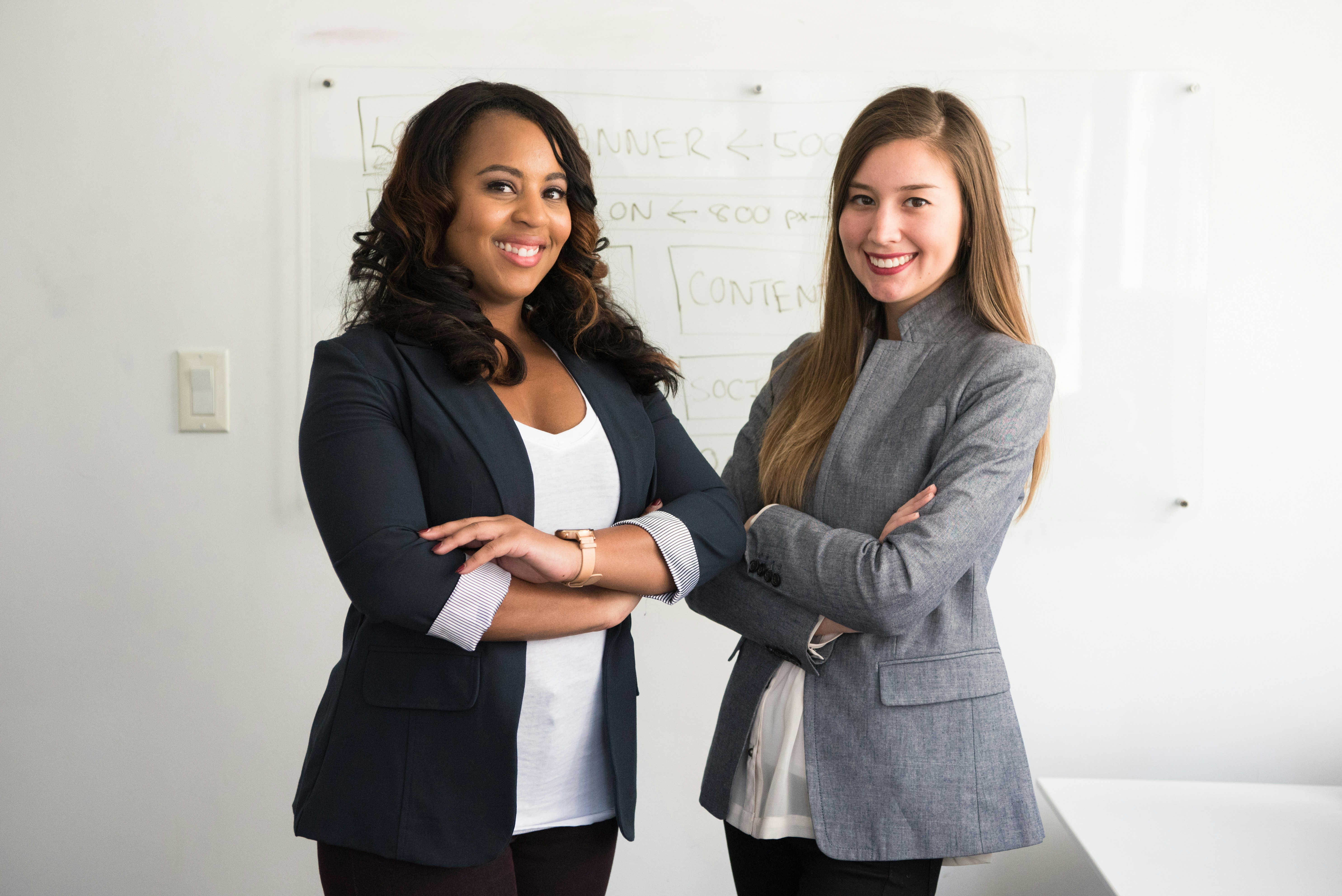Every day, you and your team navigate the complexities of training. It’s challenging because scheduling workshops or other designated times for learning pull employees away from their work.
The reality is that our brains struggle to retain information from one-time sessions, conversations, or readings. Despite our best efforts, most of what is learned in these settings is quickly forgotten. This isn’t due to a lack of engagement or interest; it’s simply how our brains function.
For learning to truly stick and be applied effectively in the right situations, continuous reinforcement is essential. However, Talent Development professionals can’t be present in every situation to ensure concepts are reinforced. Managers often lack the tools and expertise to effectively embed these learnings into daily work routines. This gap highlights the need for a new approach to development—one that integrates learning seamlessly into the flow of work, providing ongoing, relevant reinforcement exactly when it’s needed.
What if learning didn’t require stepping away from work but instead enhanced it? People need insights and development opportunities to appear organically within their workflow so that learning is continuous, contextual, and immediately relevant. This approach not only respects the demands on your team’s time but also ensures that development is a natural part of their daily routine.
Why should productivity and personal development compete? In this article, we’ll explore the possibility of integrating learning into daily activities to help resolve the tension that can arise between prioritizing productivity and development.

The Development/Productivity Paradox
The Challenges of Traditional Learning Methods
The Old Way Isn’t Working: 4 Common Pitfalls of Traditional Learning Strategies Traditional learning methods often fail to deliver sustainable results for several reasons. Workshops and training sessions, while well-intentioned, pull employees away from their daily tasks, creating disruption and information overload.- Disruption of Workflow: Scheduled sessions interrupt the flow of daily work, causing productivity dips and backlog. This disruption makes it challenging for employees to balance their work responsibilities with learning commitments.
- Information Overload: Large volumes of information delivered in a short period can overwhelm employees, leading to poor retention. Studies show that within one hour, learners forget an average of 50% of the information presented; within 24 hours, they forget 70%, and within a week, they forget up to 90% (Bridge) (Indegene).
- One-Size-Fits-All Approach: Generic training content, normally only specific to roles often fails to address the specific needs and contexts of individual employees. This lack of personalization reduces the effectiveness of learning interventions.
- Lack of Continuous Reinforcement: Without ongoing support, the skills and knowledge gained in one-time sessions quickly fade. Continuous reinforcement is essential for retention and application of new skills.
What Do These Gaps Mean
- Retention Rates: According to research, learners forget approximately 70% of new information within 24 hours and 90% within a week without reinforcement (Indegene). This highlights the need for continuous learning strategies to ensure knowledge retention.
- Engagement Levels: A LinkedIn Learning report found that 58% of employees prefer to learn at their own pace and on-demand, rather than in structured, time-bound sessions (SHIFT). This preference indicates a need for more flexible and personalized learning solutions.
- Impact of Microlearning: Microlearning, which delivers content in short, focused bursts, has been shown to boost retention rates by 25% to 60%. It also boasts an average completion rate of 82%, making it a highly effective method for engaging learners and improving retention (SHIFT).

HUMAN SKILL PROGRAMS ARE HITTING LIMITATIONS...
- Close the gap between learning and on-the-job application
- Overcome the tension of pausing productivity for development opportunities
- Experience done for you learning in the flow of work
- Stay ahead of human skill development
- Prove the ROI of your talent development programs

What Makes Continuous Learning Effective For An Organization?
3 Components That Make Continuous Learning Possible
1. Ongoing Learning Opportunities:
Learning should not be a one-time event but an ongoing process. Continuous learning opportunities ensure that employees can regularly reinforce and build upon their knowledge and skills. Integrating learning directly into daily tools and routines provides constant reinforcement without disrupting workflow.
- Example: Imagine a project manager receiving daily insights not just on generic leadership skills but specific, personalized guidance on how to best collaborate with individual team members based on their unique personalities and work styles. For instance, they might receive a tip about leveraging the analytical skills of a detail-oriented team member during a planning meeting.
2. Personalized, Contextual Insights:
Providing insights tailored to individual needs and specific situations helps ensure that the learning is relevant and immediately applicable. Personalized coaching can address unique challenges and leverage individual strengths. Cloverleaf’s Automated Coaching™ delivers personalized, context-specific tips that are tailored to the unique psychology and interactions of each user.
- Example: Imagine a team lead receiving real-time, personalized advice on how to approach a one-on-one meeting with a particular team member. The coaching might suggest ways to motivate that team member based on their personality type, such as recognizing their achievements in a way that aligns with their need for validation.
3. Integration with Daily Tools:
By embedding learning into tools that employees already use the development process becomes a seamless part of their daily workflow. This integration minimizes disruption and maximizes the relevance and impact of the learning.
- Example: Consider a team receiving coaching tips and developmental insights directly in their workplace tools. For instance, a Slack notification might suggest adjusting communication approaches for an upcoming meeting with a team member who prefers concise, data-driven discussions.

Making Learning In Context A Reality
At Cloverleaf, we’ve redefined continuous learning in the flow of work with Automated Coaching™. Here’s how we excel:
- Seamless Integration: Learning is embedded into the tools you already use, ensuring a smooth, disruption-free experience.
- Real-Time Insights: Receive tailored coaching precisely when you need it, aligned with your specific tasks and interactions.
- Engaging Microlearning: Continuous, bite-sized learning opportunities keep you engaged and enhance retention without overwhelming you.
Automated Coaching Outperforms Traditional Learning Approaches
Maximizing the Impact of Contextual Learning
- Improved Retention and Application: Ongoing, in-the-moment learning ensures skills are retained and immediately applied.
- Scalable and Inclusive: Personalized coaching is available to all employees, promoting equal development opportunities across the organization.
- Proven Impact: Trackable data showcases the tangible improvements in performance and ROI, validating the effectiveness of development initiatives.
Why We Believe Context Makes Continuous Learning Meaningful
At Cloverleaf, our commitment to learning in context is deeply rooted in rigorous research and continuous improvement. Here’s how our studies support this innovative approach:
Research and Commitment to Continuous Improvement
We recently conducted an analysis involving over 100 employees across 12 organizations, focusing on the impact of Automated Coaching™ on team communication and collaboration. The study revealed a 31% increase in these scores after just three months, demonstrating the effectiveness of contextual learning.
Further research with a client showed that engagement with our platform led to an 18% increase in employees feeling their skills were valued, a 36% increase in feeling recognized by team members, and a 36% improvement in perceived teamwork quality. These results underscore how embedding learning into daily workflows enhances both individual and team performance.
In a daily trends analysis, employees who engaged with Cloverleaf showed increased self-awareness and relational energy. This engagement resulted in more stamina, willingness to tackle new challenges, and higher quality teamwork, indicating that learning in context promotes continuous personal and professional growth.
Our qualitative interviews, validated by a global team of PhDs, highlight that users trust Automated Coaching™ for its unbiased, comprehensive insights. This trust facilitates significant improvements in self- and others-awareness, which are crucial for effective communication and collaboration within teams.
Development and Productivity No Longer Need To Compete
Key Takeaways:
- Embedded Learning: Development opportunities should fit seamlessly into the tools and routines that employees already use, minimizing disruption and making learning directly applicable.
- Continuous Reinforcement: Learning should be an ongoing process with regular reminders and tips to help people retain and apply new knowledge.
- Personalized Insights: Providing real-time, tailored insights makes learning more effective and relevant to each person’s specific situation.
- Scalability and Accessibility: Using technology like Automated Coaching™ allows us to offer coaching and development to everyone in the organization, not just a select few.






